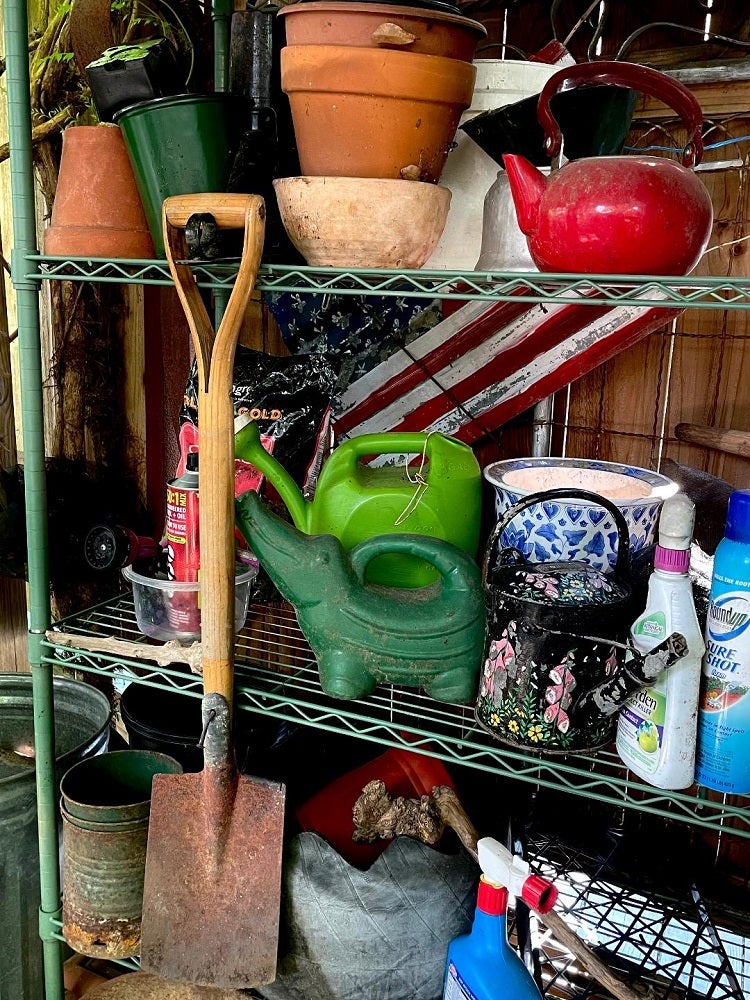County Gardeners Extension Express: Gardening
Published 8:35 am Wednesday, February 5, 2014
By Eddie Smith
Co. Coordinator ANR & CRD Agent
MSU-ES Pearl River County
Gardening means different things to different people. Thousands view gardening as a hobby, a relaxing escape from the pressures of an urban environment. For these people, the food produced may be almost secondary. Growing fresh vegetables, herbs, or fruits provides a great sense of joy and accomplishment. A vegetable garden can also reduce the family’s food budget, and it can be a source of hard-to-find vegetables such as kohlrabi, Chinese cabbage, horseradish, salsify, and pak choi. One of the main reasons that people garden is that vegetables from the supermarket cannot compare in taste, quality, or freshness with vegetables grown in the home garden.
The vegetable garden has traditionally been located in an area separate from other parts of the landscape, because it was considered unsightly. With proper planning, however, the garden can be both functional and attractive. Landscape designers today often incorporate the home landscape and ornamental plants such as flowering annuals into the vegetable garden. This gardening philosophy, coupled with our favorable climate, can offer gardening opportunities nearly all year long.
If you are a beginning gardener with an average-sized family, you will not need a lot of space for a vegetable garden. An area 25 feet square should be adequate. Be careful not to start with too large a space; it is easy to bite off more than you can chew.
Regardless of size, there are factors to consider in selecting a garden site. The first is sunlight. All vegetables need some sunlight. The garden should receive at least 6 hours of direct sunlight each day. Eight to 10 hours each day is ideal. Vegetables should therefore be planted away from the shade of buildings, trees, and shrubs. Some leafy vegetables such as broccoli, collards, spinach, and lettuce tolerate shadier conditions than other vegetables, but if your garden does not receive at least 6 hours of sunlight daily, you will not be successful growing vegetables.
The second consideration is distance from the house. The closer the vegetable garden and the easier it is to reach, the more you will probably use it. You will be likely to harvest vegetables at their peaks and thus take maximum advantages of garden freshness. It is also more likely that you will keep up with jobs such as weeding, watering, insect and disease control, and succession planting if the garden is close by.
The third consideration is soil. You do not need to have the ideal type of soil to grow a good garden. If possible the soil should be fertile and easy to till, with just the right texture — a loose, well-drained loam. Avoid any soil that remains soggy after a rain. Heavy clay and sandy soils can be improved by adding organic matter. Of course, gardening will be easier if you start with a naturally rich soil.
The fourth consideration is water. Including rain and irrigation, the garden needs at least 1 inch of water per week. Therefore, it is essential to locate the garden near a spigot or some other water source.
The fifth & last consideration is good air drainage. Avoid locating the garden in a low spot such as the base of a hill or the foot of a slope bordered by a solid fence. These areas are slow to warm in the spring, and frost forms more readily in them because cold air cannot drain away. Vegetable gardens located on high ground are more likely to escape light freezes, permitting an earlier start in the spring and a longer harvest in the fall.



